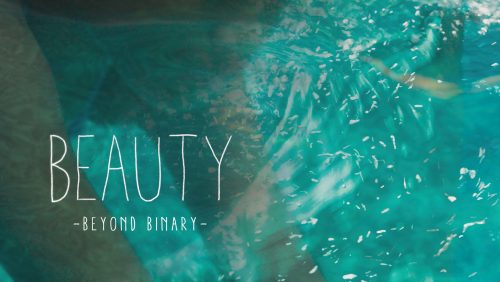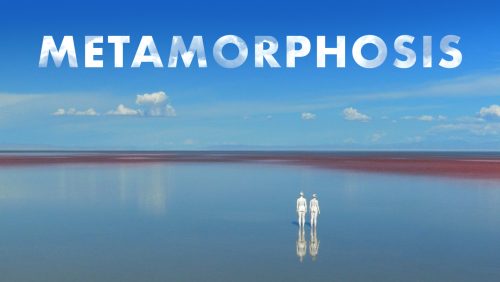
In a world of fixed positions and prescribed roles, expanding the definition of gender requires the courage to dive deep into understanding and acceptance. Christina Willings’ documentary Beauty explores the lives of five gender-creative kids, each uniquely engaged in shaping their ideas of what it means to be fully human. Claiming your own sense of gender when everything around you insists that you comply and conform can be challenging, and sometimes scary. But luckily, family and friends are there to help.
Free-flowing animated elements, ranging from images of octopuses to astronauts, draw together the kids’ shared experiences in beautifully rendered fantasias that celebrate the power of imagination and the flourishing force of self-determination. Playful, goofy, loving and brave—each of these remarkable kids has found their own way to break free and show the world what it really means to be your true self.

A poem for the planet, Nova Ami and Velcrow Ripper’s film Metamorphosis takes the pulse of our Earth and bears witness to a moment of profound change: the loss of one world, and the birth of another.
Metamorphosis captures the true scale of the global environmental crisis. Forest fires consume communities, species vanish, and entire ecosystems collapse. Economic growth, tied to increased speed of resource extraction, has created a machine with the capacity to destroy all life.
But this crisis is also an opportunity for transformation. Through a tidal flow of stunning images, Metamorphosis carves a path from the present to the future, and offers a bold new vision for humanity and the world.

As they undergo 12 weeks of intensive training, young civilians are gradually moulded into Canadian Armed Forces soldiers. This disparate cohort of men and women with little experience in the ways of military life must adapt to a world governed by its own rules and values. In an austere environment where discipline reigns supreme, the recruits submit to learning the ropes with mixed feelings of apprehension and enthusiasm. They understand that, from now on, the group takes precedence over the individual, and country comes before self.
For this third opus in a series that candidly explores the different stages of life, Jean-François Caissy provides a fascinating glimpse into this career choice and the beginning of adulthood.

Head back to junior high with young Hart Snider as he finds himself lost amongst his peers, unable to ask out his dream girl, and forced to take shop with the dreaded Mr. P. A darkly funny look at growing up, through the filtered lens of a boy on the cusp of manhood.